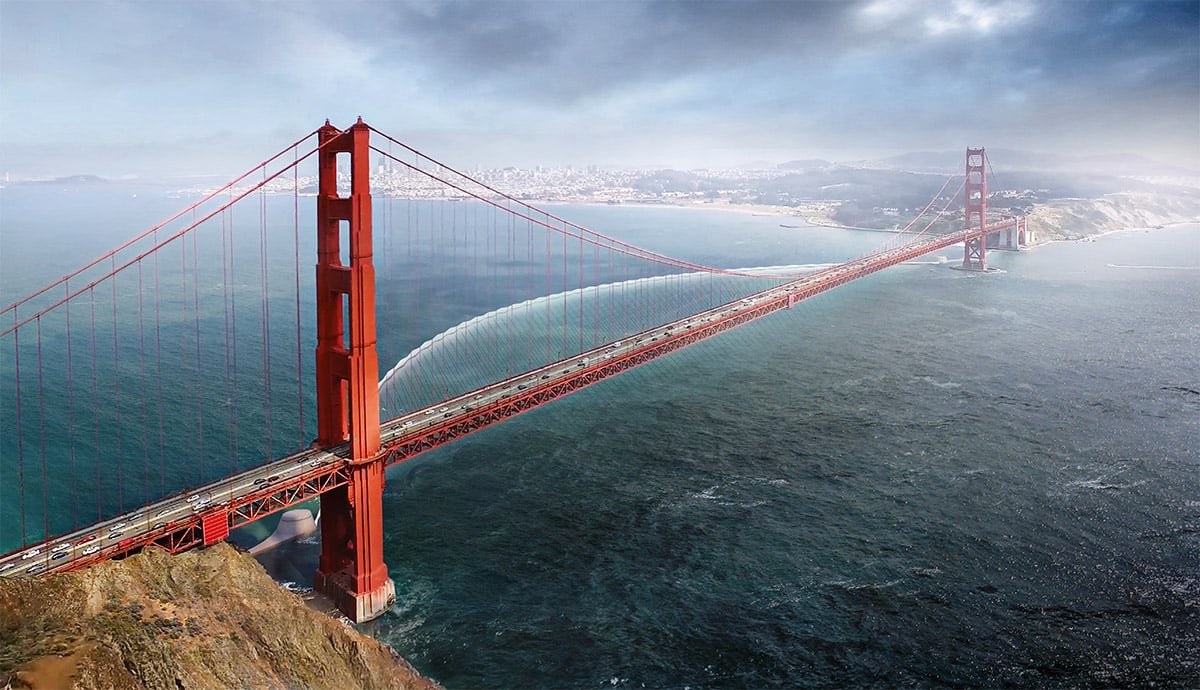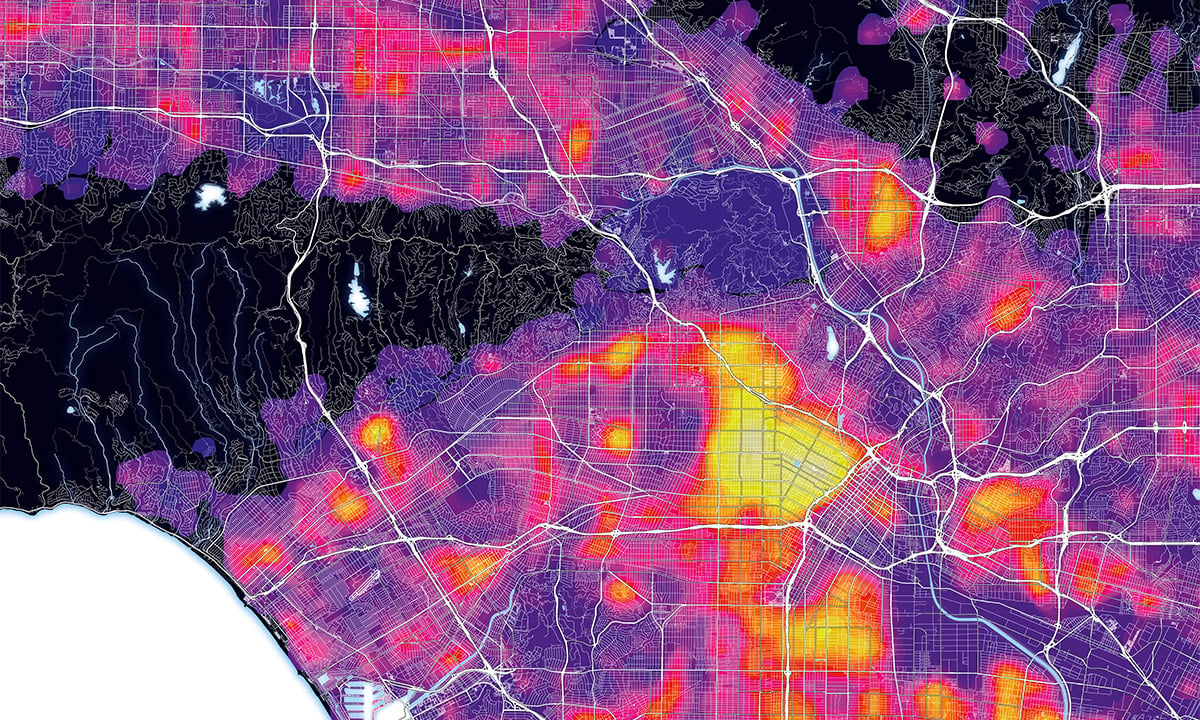Login
Registered users

Robotics today is ubiquitous: an inescapable part of ordinary life, it permeates our daily habits and surrounds our environment, providing a multitude of services. Robotics and automata conjure up images of a future full of unexpected mirabilia. What will happen to our planet in 2030 with these super-sophisticated technologies? We have come a long way since the first prototypes of automation, the “Flute and Tambourine Players” and the “Digesting Duck”, the revolutionary mechanical creatures of Jacques de Vaucanson, the 18th century French inventor. Are humans now destined to become slaves of technology on account of their insatiable appetites? We try to imagine a world where machines can co-exist in symbiosis with humans, where humans could become more redundant than robots (WALL-E, Andrew Stanton, 2008). A world where “replicants” portray stronger human sentiments than men (Blade Runner, Ridley Scott, 1982) and where a man (Her, Spike Jonze, 2013) can fall in love with an operating system, or androids take decisions about the humans they shall take care of (2046, Wong Kar-wai, 2004). With the latest technological must-have and innovative software ever edging towards bio-mimicry, we are closer to stretching human limits, producing humanized machines that smile, predict human taste, learn foreign languages, and show emotion and facial expressions. Machines are now capable of emotional processes. Their artificial intelligence programs and efficient algorithms are designed to adapt and evolve, seemingly able to recognize our requests. There is practically no discipline today - including architecture - that does not apply robotics in these “embodied softwares”. Robotic construction allows a wide range of new processes and strategies to design and produce buildings. Robota means “serf-labor” or “slave of work”, an automaton replacing the human hand and performing tedious, arduous and dangerous...
Digital
Printed

National Museum of African American History and Culture - a political and cultural milestone
Freelon Adjaye Bond / SmithGroup
Washington is formally a white city, in the sense that many of its great monuments - buildings and urban elements recognizable across the globe - are ...
Architecture’s New Frontier
Maurizio Sabini
Knowledge and research are becoming the new frontier of architecture. Even though accidental discoveries have taken place throughout the history of th...
Los Angeles MAPPING - Turning urban sprawl into quality density
Los Angeles is one of the world’s most surprising yet characteristic megalopolises - and one of the most studied. Founded in 1781 with the extravaga...